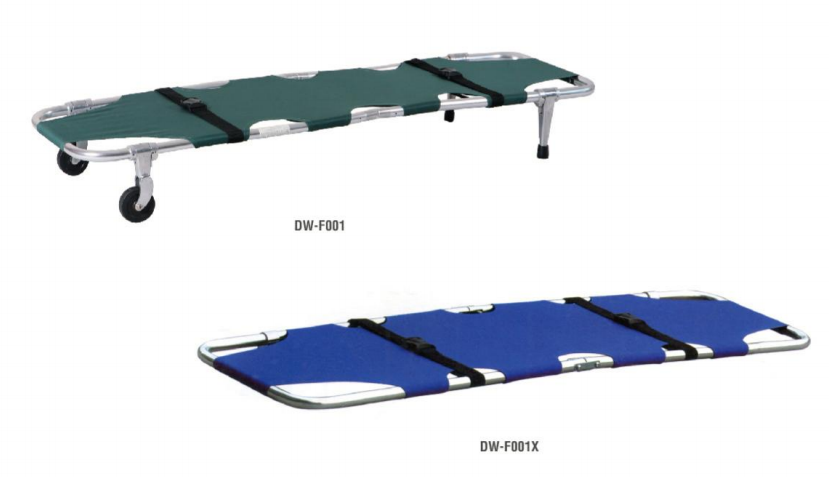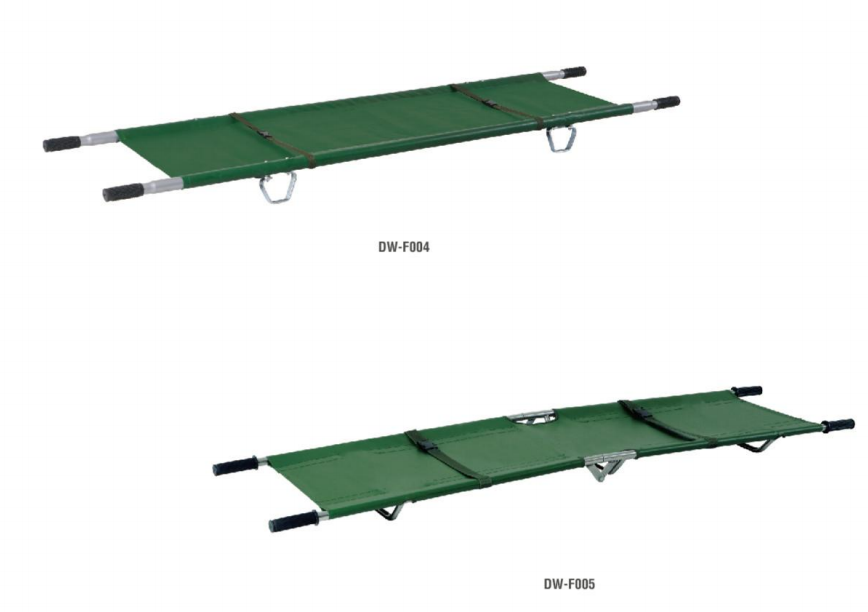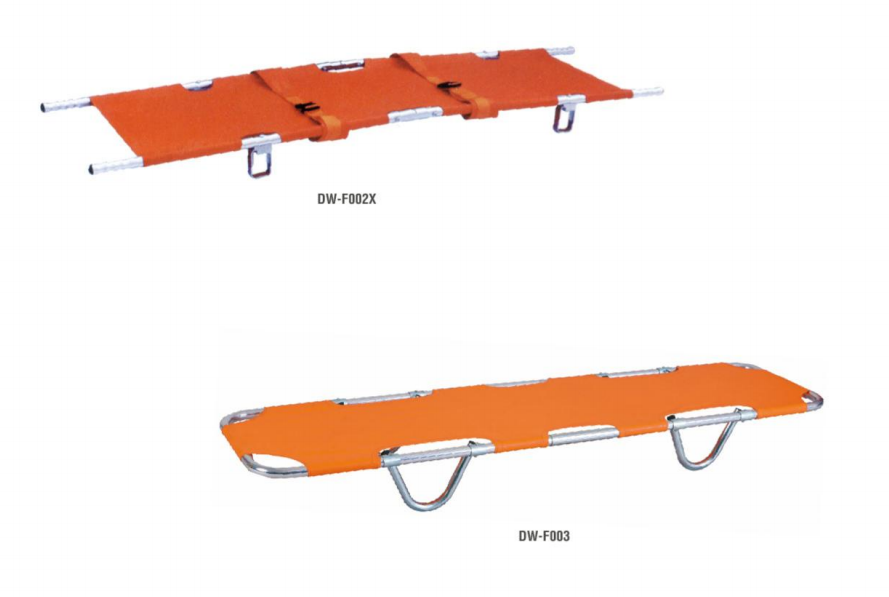Imagine a stretcher thats almost friendly to both the nurse moving it and the patient lying still. With one quick lever move-or a soft motor hum if you choose electric-the back flips from flat to a nearly upright 85 degrees and still guards the spine.
Firm foam keeps the natural curve of the back, while a soft memory layer quietly eases pressure points. Small 5-degree shifts zone in on either the thoracic or sacral area, and a 30-to-45-degree lift props the chest enough to help drain fluid so ventilator pneumonia has a smaller chance.
Grab the side lever and feel a satisfying IP64 ratchet click into place; theres also a brushless motor that wont let the pad drift even if the lights do. Antimicrobial surfaces wipe off spills in seconds, and ISO-certified locks hold every angle steady during the wildest night shift.
This stretcher shrugs off surfaces-slippery tile, rough asphalt, even a shaky elevator floor-and keeps rolling without drama.
A medic can flick the stretcher from flat trauma mode to that sharp sixty-degree tilt in six or seven heartbeats. The whole unit weighs just eighteen kilos, almost the mass of an empty backpack, so it hardly drags an already strained ladder down.
The frame is narrow as a novel spine, sliding into the tightest van bay without making a chiropractor wince.
Post-op patients lounge at a gentle forty-five degrees and breathe like theyve borrowed a fresh pair of lungs.
Radiology techs sneak the bed up to the semi-upright sweet spot; chest X-rays stop hiding their secrets and the anti-shear wheels glide along tile as quietly as wet socks on hardwood.
Nurses finish wound dressings before the smells of antiseptic even fade.
Neuro units run a neat thirty-degrees tilt to calm intracranial storms without jolting the patient like a pothole.
GI nurses hold the backrest at a stubborn forty-five to sixty; reflux patients thank them with silence instead of that awful sputter.
Labor and delivery can turn urgent before the siren wail dies. Rapid-delivery gear tucked under the cot can shave precious minutes off a newborns clock. Doctormoms from Caracas to Kathmandu swear by it.
Clear-touch markers and icon guides shine even under the single flickering bulb everybody pretends they fixed last week. Gloved hands stay in charge; every latch, every clasp has been yanked open with gloves on, no matter how slippery the margins were.
Rain, snow, or sunshine-theres no stopping this stretcher. The aluminum frame shrugs off rust, while UV-proof covers laugh at salt and glare.
A simple hand-crank keeps the wheels turning-even when the power goes out. Fold it down to suitcase size (about 190-55-20 centimeters) and the thing slips into a crowded bus or a jammed storage room without a fight.
Every edge is padded, so it glides along quietly and wont scrape the floor. Kids even get their own smaller version, because little patients deserve extra TLC.
More than buzzwords, safety, comfort, and adjustability are woven into the frame. Hospitals from Havana to Hanoi can move a patient and still keep their dignity intact.


